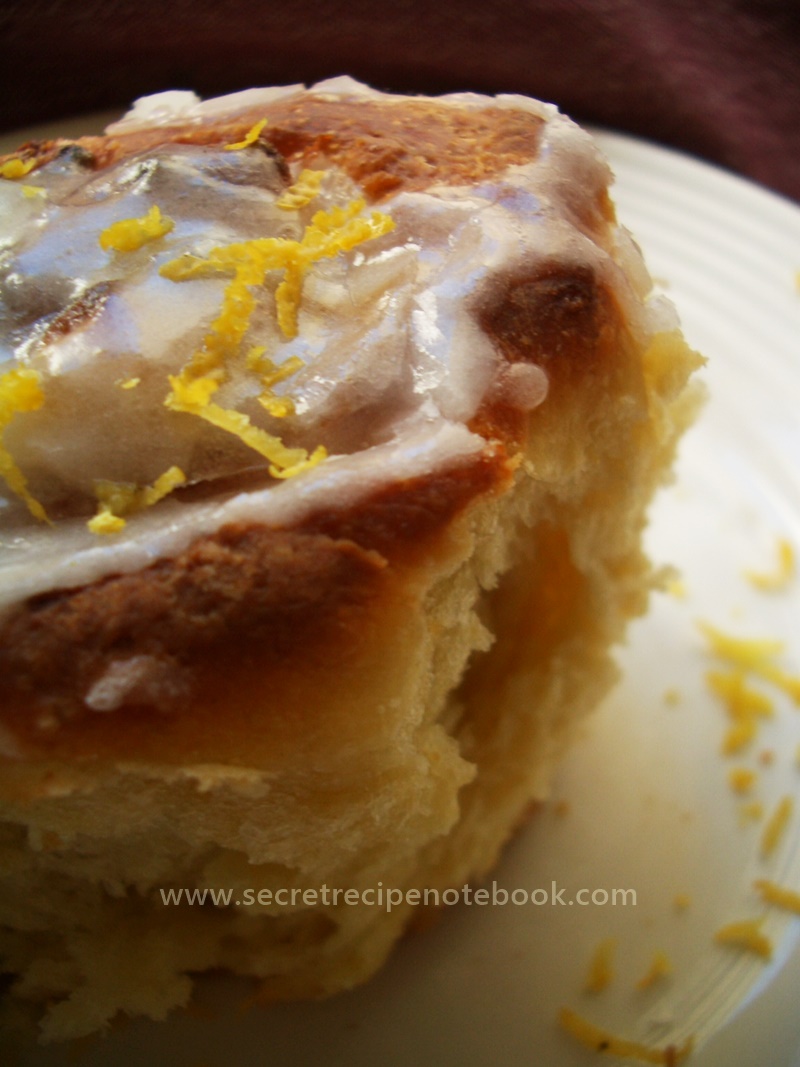- HOME
- Types of Yeast for Baking
Types of yeast for baking
When making bread and other baked goods, yeast is one of the ingredients needed for rising the dough.
The yeast is available in several forms such as FRESH, ACTIVE DRY or INSTANT yeast. It is very important to know how to use each of these forms and hot to swap one for another. In the text below find useful info about each kind of yeast.
Grab these quality kitchen products now before the sale ends!
Active dry yeast
Active dry yeast must be rehydrated in liquid before being added to the dough. The liquid could be water or milk with temperature of 43°C (110°F) - 46°C (115°F). It is not concentrated as instant yeast, so you need more active dry yeast when substituting.
- 1 package active dry yeast = 2 1/4 teaspoons = 7 grams
- 1 teaspoon instant dry yeast = 1 1/4 teaspoons active dry yeast
- 1 teaspoon active dry yeast = 3/4 teaspoon instant yeast
- 1 package instant yeast (2 1/4 teaspoons or 7 grams) - 1 1/4 package active dry yeast (2 4/5 teaspoons or almost 9 grams).
Instant dry yeast
Instant yeast, also known as fast-rising bread machine yeast is made into much finer particles. Instant yeast is usually more expensive and can be directly added to the dry ingredients without rehydrating or proofing first. You can use water that is somewhat hotter, 48°C (118°F) - 54°C (130°F), to make your dough unless the recipe calls for colder water.
- 1 teaspoon instant dry yeast = 1 1/4 teaspoons active dry yeast
- 1 teaspoon instant yeast (3 grams) = 10g fresh yeast
- 7 grams instant yeast = 21 grams fresh yeast
Looking for tried instant yeast recipes?
Start with our simple homemade doughnuts or mini doughnuts with zesty lemon curd. Don't skip also our lemony sweet rolls with marzipan which makes great breakfast or dessert, it's up to you.
Prefer something more savoury? Try the cheesy garlic breadsticks which are best straight from the oven or crunchy rosemary scented grissini, great enjoyed with a bowl of creamy vegetable soup.

Fresh yeast
Fresh yeast, also known as cake yeast or compressed yeast usually respond a bit quicker than active dry yeast. Fresh yeast is packed into small squares and it has a short shelf like of a few weeks, compared to months or even years for dried yeast.
- 7 grams instant yeast = 21 grams fresh yeast
- 3 grams (1 teaspoon) instant yeast = 10g fresh yeast
- 7 grams of active dry yeast = 17.5 grams fresh yeast
Proof the fresh yeast by crumbling it into warm water 43°C (110°F) with a tablespoon of flour and sugar. Stir and wait for 10 minutes until it foams.
To use fresh yeast in a recipe, you can make a well in the centre of the dry ingredients, crumble the fresh yeast into the middle, cover with warm liquids and stir up a little of the dry ingredients into the liquids. Wait until bubbles form.
You may find recipes using large amounts of fresh yeast which is not necessary. Simple bread recipes require 2% to 3% of the weight of flour. If you're using 1 kilo of flour, that means you need only 20 to 30 grams of fresh yeast.
Want to test recipes using a crumbly block of fresh yeast? We recommend our recipe for doughnuts filled with vanilla cream or crusty pizza with smoked ham and pumpkin.
Easy Yeast Conversion Table:
- Fresh yeast 3g = Active dry yeast 1.5g = Instant yeast 1g
- Fresh yeast 6g = Active dry yeast 3g = Instant yeast 2g
- Fresh yeast 10g = Active dry yeast 4g = Instant yeast 3g
- Fresh yeast 12g = Active dry yeast 6g = Instant yeast 4g
- Fresh yeast 17g = Active dry yeast 7g = Instant yeast 5g
- Fresh yeast 21g = Active dry yeast 8.5g = Instant yeast 7g
- Fresh yeast 34g = Active dry yeast 14g = Instant yeast 11g
- Fresh yeast 68g = Active dry yeast 28g = Instant yeast 20g
Recipes you may like:
We are a participant in the Amazon Services LLC Associates Program, an affiliate advertising program designed to provide a means for us to earn fees by linking to Amazon.com and affiliated sites.

















